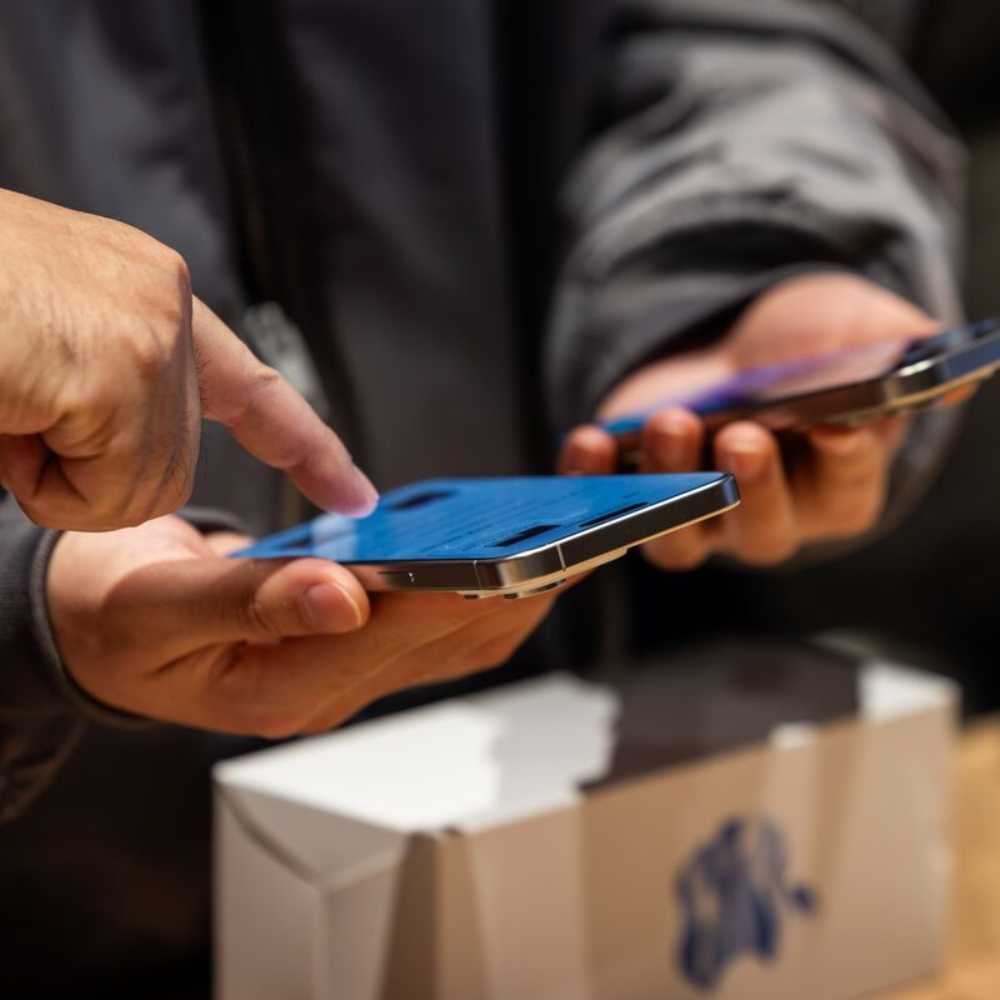[Source – bloomberg]
A Strategic Move Towards Apple’s In-House Modems:
Apple Inc. is embarking on a long-term strategy by transitioning away from Qualcomm modem chips to develop its own Apple’s in-house modems. This shift, which marks a significant change in Apple’s hardware strategy, reflects the company’s commitment to integrating more of its technology into its devices. The company’s hardware technologies team, renowned for its successful creation of key components such as the A4 chip and advanced features like Touch ID and Face ID, is now focusing on modem development. Despite the high level of difficulty involved in designing modems—a crucial and complex component—the company aims to evolve its technology over time, potentially transforming the functionality and design of future iPhones.
Current Progress and Challenges:
Apple’s decision to develop its own Apple’s in-house modems began in 2018 amid a legal dispute with Qualcomm over royalties and patents. Although Qualcomm’s modems are considered state-of-the-art and are widely used across the industry, Apple’s move to create its own modems comes with significant challenges. The development of these modems has faced delays due to performance issues and overheating problems. The initial rollout of Apple’s modems is expected to be gradual, starting with niche models and potentially extending over several years. In the meantime, Apple has extended its supplier agreement with Qualcomm through March 2027 to ensure a smooth transition and continued supply of modems.
Long-Term Vision and Potential Benefits:
Its investment in developing its own Apple’s in-house modems is driven by a long-term vision to integrate these components into a unified connectivity chip that could combine Wi-Fi, Bluetooth, and cellular functions. This consolidation aims to improve reliability and battery life while reducing costs and saving space within devices. Additionally, if successful, this strategy could lead to significant advancements in future iPhone models, much like the evolution seen with Apple’s neural engine for AI. While the immediate user experience may not show dramatic improvements, the shift could pave the way for future innovations and cost savings, allowing Apple to reallocate resources toward new features and technologies.
In summary, Apple’s transition to in-house modem development represents a strategic, albeit challenging, move to enhance its hardware capabilities and control over essential components. Although the benefits may not be immediately apparent, the long-term potential for improved device integration and performance underscores Apple’s commitment to shaping the future of its technology.
- Did you find this article helpful? Visit more of our blogs! Mr Business Magazine







